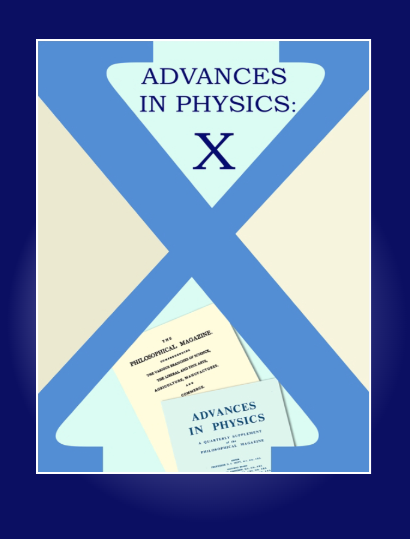原子材料在高压下熔化的计算机模拟
IF 10.8
2区 物理与天体物理
Q1 PHYSICS, MULTIDISCIPLINARY
引用次数: 0
摘要
本文章由计算机程序翻译,如有差异,请以英文原文为准。
Melting of atomic materials under high pressures using computer simulations
ABSTRACT Enormous progress has been made in high-pressure research over the last decades in both, experiments and computer simulations, many challenges still remain. This is evidenced by controversial experimental and numerical data even for the simplest atomic systems exhibiting different types of bonding. Here we discuss the determination of the solid–liquid co-existence (melting) lines reviewing the computational techniques for studying the high-pressure melting of atomic systems based on molecular dynamic or Monte Carlo algorithms. Some emphasis is put on presenting the parallel-tempering Monte Carlo method that gives direct access to heat capacity curves and entropic information as a function of temperature allowing for an easy detection and interpretation of the melting transition. For molecular dynamics simulations there exist a variety of methods to extract melting information – here we include a more thorough discussion of thermodynamic integration as it is frequently used for high-pressure melting. Applications of these techniques and discussion for different atomic systems are presented including an overview of experimental and numerical results of the weakly, van-der-Waals bond noble gases, of diamond as a representative for covalent bonding and of alkali metals and iron. We conclude by summarizing some outstanding problems and challenges for numerical simulations.
求助全文
通过发布文献求助,成功后即可免费获取论文全文。
去求助
来源期刊

Advances in Physics: X
Physics and Astronomy-General Physics and Astronomy
CiteScore
13.60
自引率
0.00%
发文量
37
审稿时长
13 weeks
期刊介绍:
Advances in Physics: X is a fully open-access journal that promotes the centrality of physics and physical measurement to modern science and technology. Advances in Physics: X aims to demonstrate the interconnectivity of physics, meaning the intellectual relationships that exist between one branch of physics and another, as well as the influence of physics across (hence the “X”) traditional boundaries into other disciplines including:
Chemistry
Materials Science
Engineering
Biology
Medicine
 求助内容:
求助内容: 应助结果提醒方式:
应助结果提醒方式:


